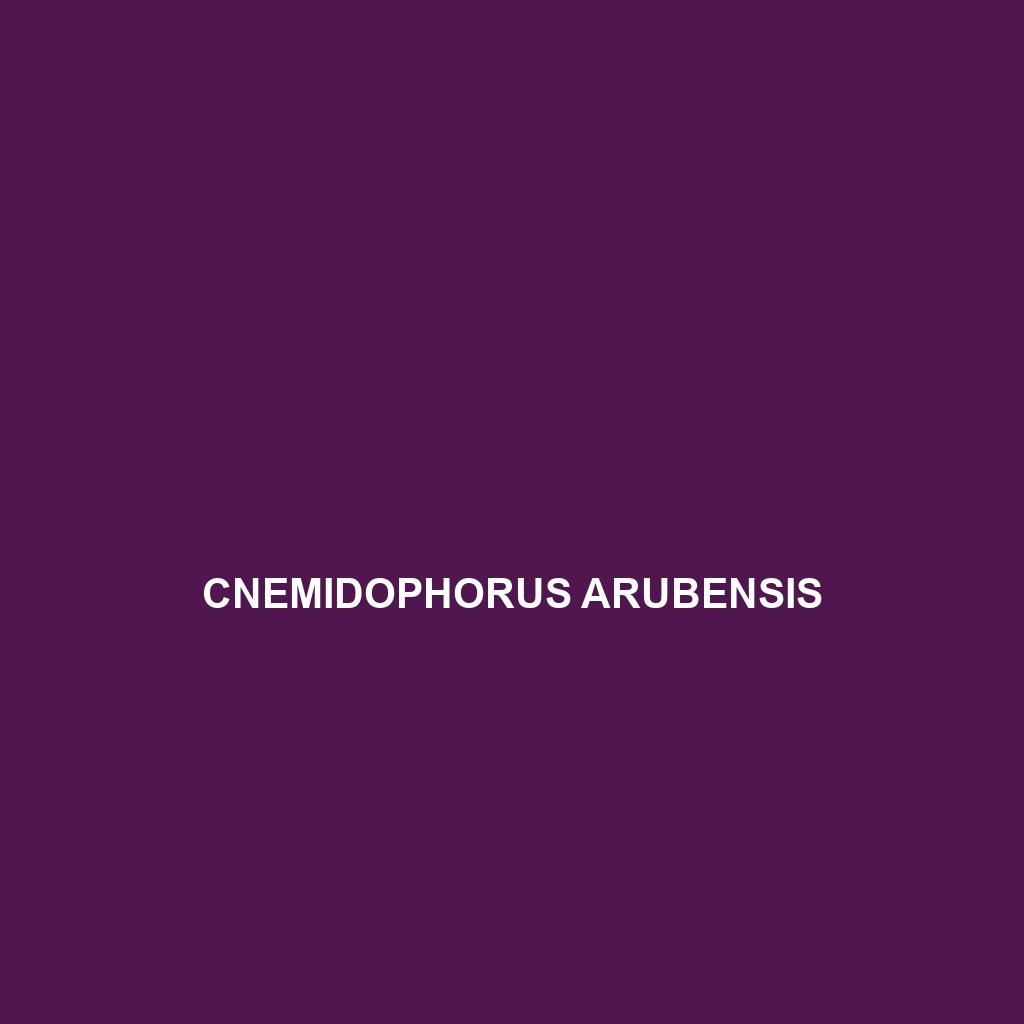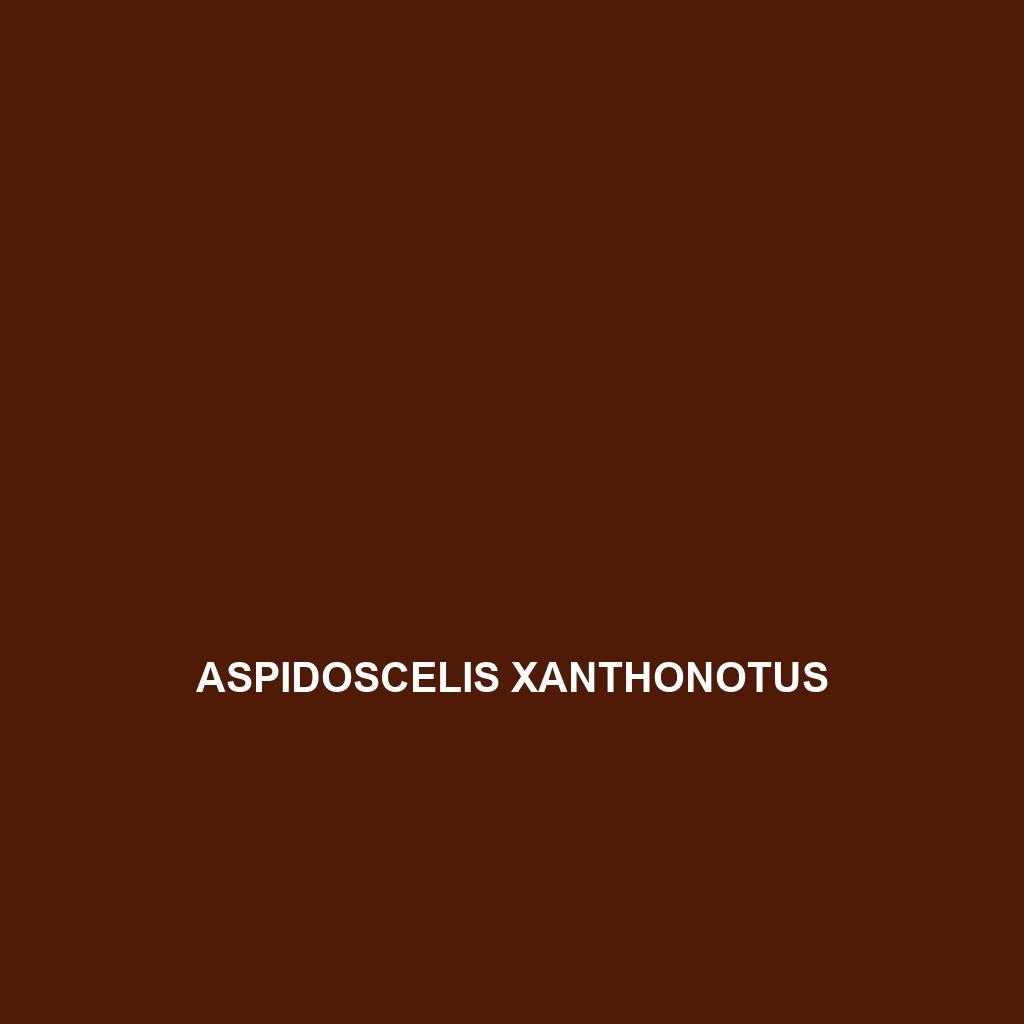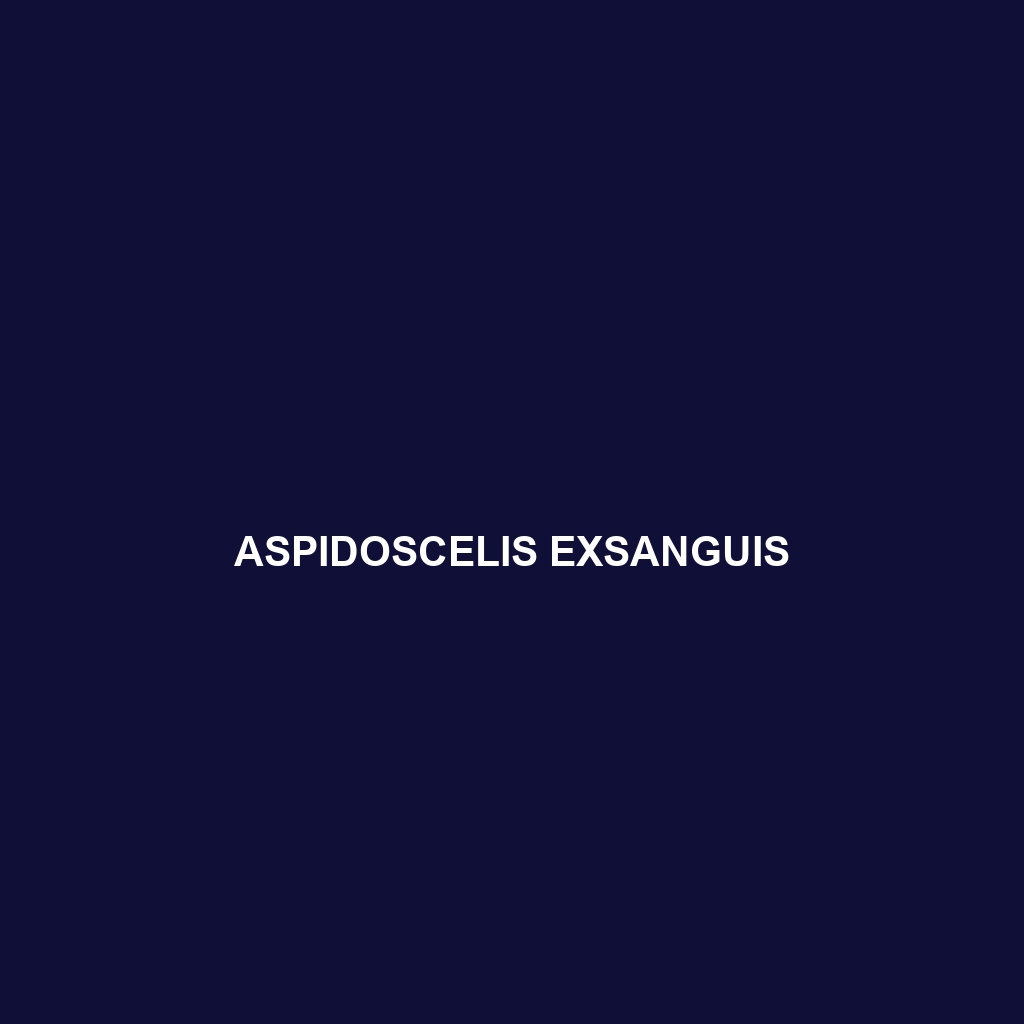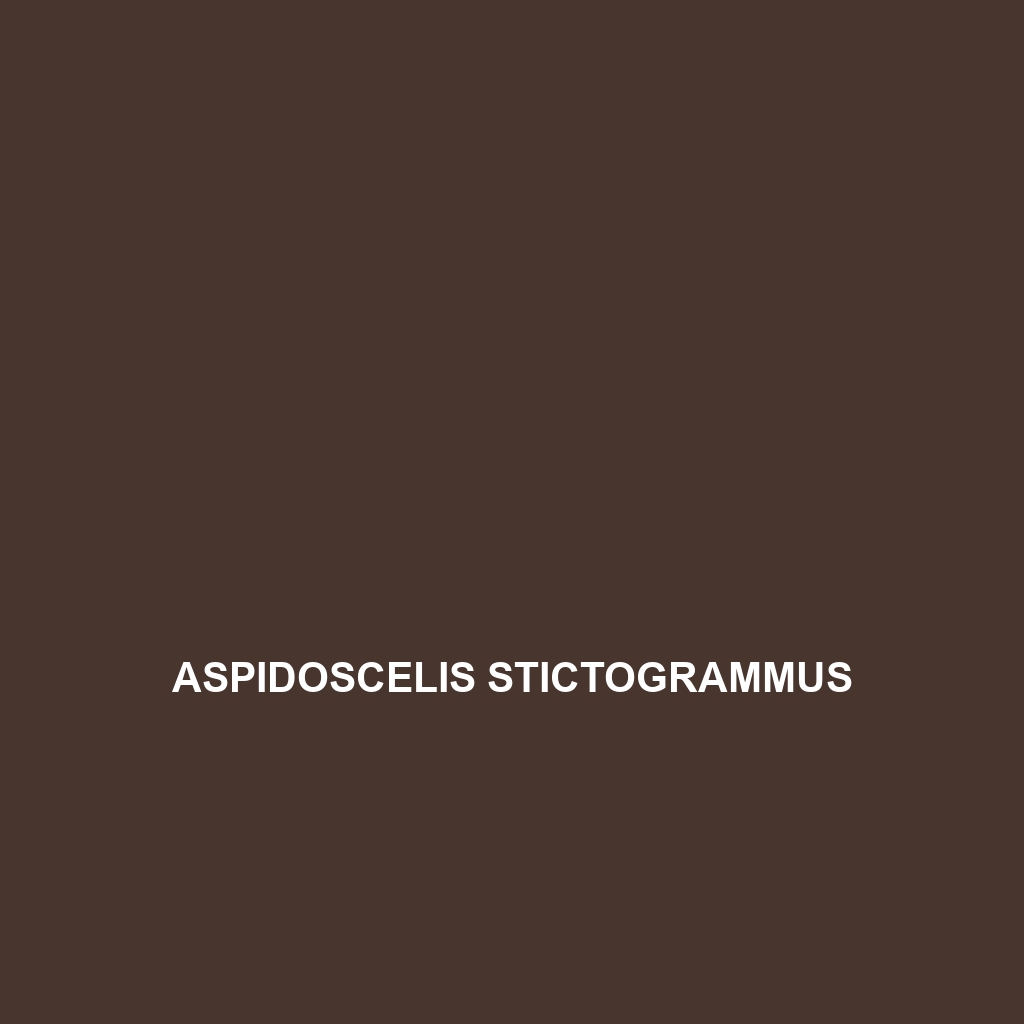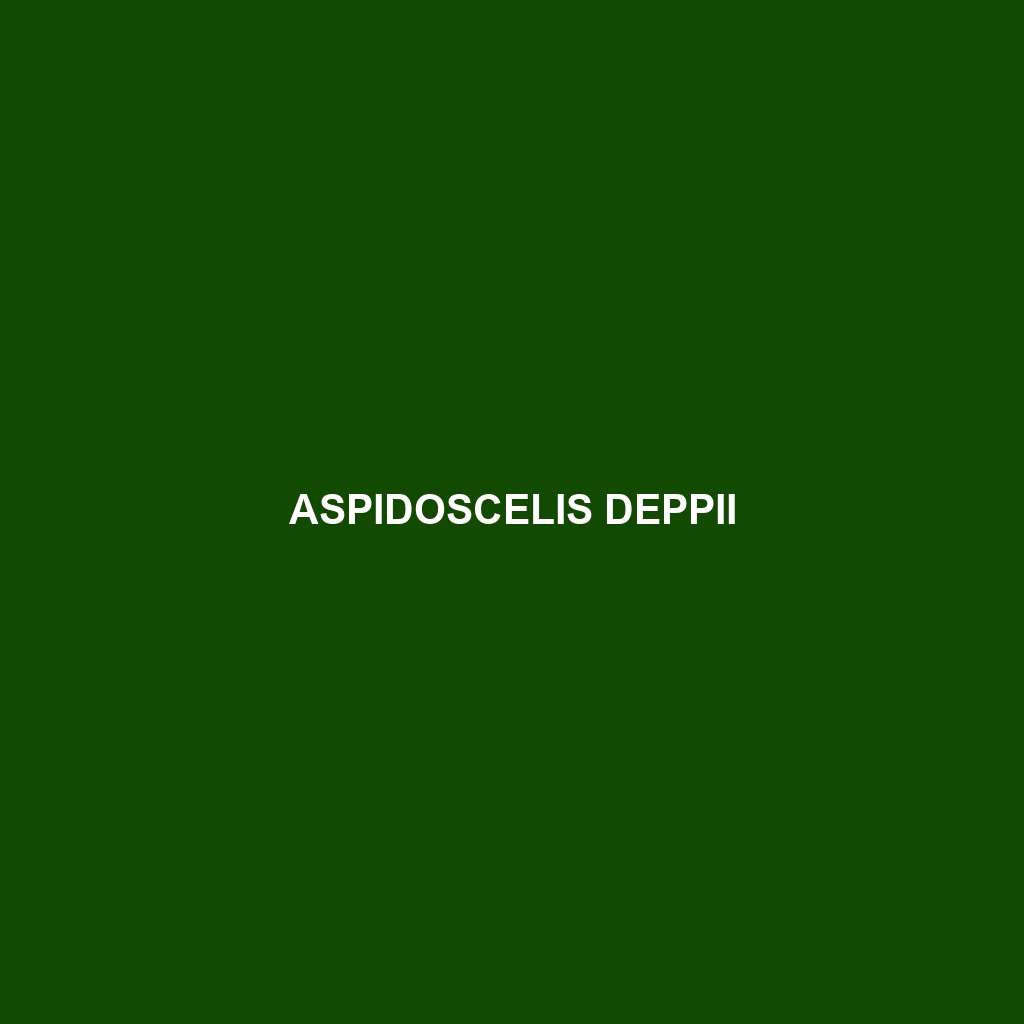The Cnemidophorus arubensis, or Aruban Lizard, is a vibrant, diurnal species endemic to Aruba, thriving in dry scrubland and coastal dunes. With a slender body that reaches 18-25 cm and a diet primarily consisting of insects, this lizard plays a vital role in its ecosystem while facing vulnerabilities due to habitat loss.
Tag: parthenogenesis in reptiles
Aspidoscelis xanthonotus
<p>Discover the <b>Aspidoscelis xanthonotus</b>, also known as the yellow-nosed whiptail, an agile and vibrant lizard native to the arid regions of the southwestern United States and northern Mexico. With distinctive yellow stripes, this diurnal insectivore plays a key role in its ecosystem, controlling pest populations and maintaining biodiversity.</p>
Aspidoscelis exsanguis
Discover the Aspidoscelis exsanguis, also known as the bloodless whiptail lizard, a medium-sized lizard thriving in arid environments of the southwestern U.S. and northern Mexico. With striking coloration, agile movements, and unique reproductive capabilities, this vulnerable species plays a crucial role in its ecosystem by controlling insect populations.
Aspidoscelis deppii
<p><b>Aspidoscelis deppii</b>, commonly known as the Deppe's Skink, is a diurnal lizard found in the arid regions of Mexico. It features a slender body, vibrant coloration, and plays a crucial role in regulating insect populations while facing threats from habitat loss.</p>
